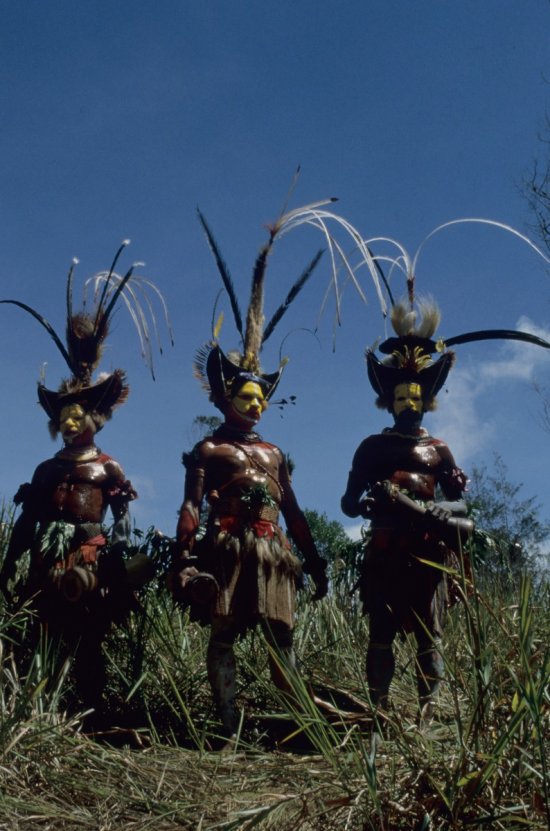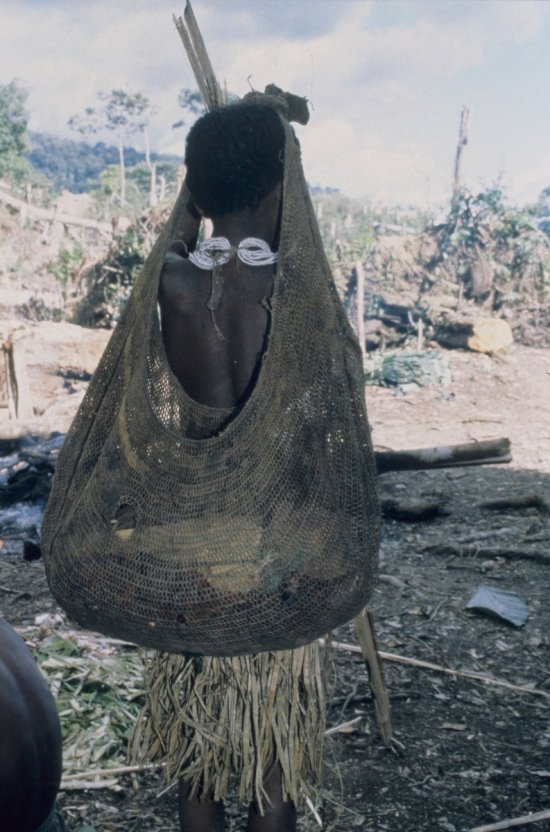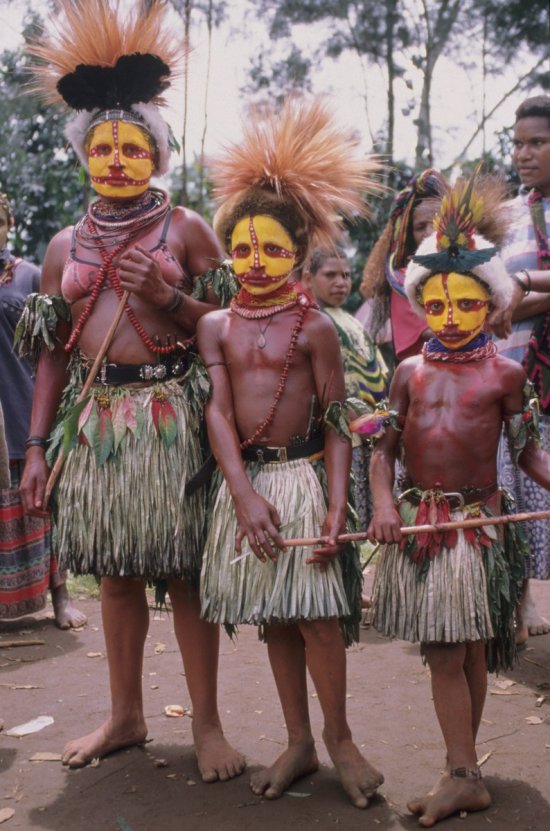Only available for non-commercial distribution
© JVP Films / CNRS / CRAVA - 1990
Reference
670
Langda, the polished stone adze-head in New Guinea
In 1990, in the Langda Valley, in the New Guinea Highlands, groups of farmers were still making and using adze-heads of polished stone, although mass-produced western steel axeheads were increasingly taking over as the tool for everyday use.
Men would go down to the river to search for the raw material, which consisted of very large blocks of volcanic rock. Having detached these blocks by means of fire-setting, they undertook the initial stage of roughing-out at the source, by knapping the stone.
The remaining stages of shaping the roughouts using a soft hammer were undertaken by the best stone-knappers in the village. The people who were going to use the adze-heads undertook the task of grinding and polishing the roughout, and went into the forest to obtain wood for the haft, and material to bind the head to the haft.
The complicated chaîne opératoire, which is decribed in detail here, transformed the raw basalt into adze-heads that were used to clear the forest, establish cultivation plots, and to obtain planks for building houses and enclosures; these polished stone blades were also used as currency, in exchanges.
LANGDA is one of the last surviving pieces of evidence for a major part of human history, during which the stone axehead was indispensible in the reproduction of agricultural societies.
Duration
Production year
Définition
Color
Sound
Version(s)
Original material
The use of media visible on the CNRS Images Platform can be granted on request. Any reproduction or representation is forbidden without prior authorization from CNRS Images (except for resources under Creative Commons license).
No modification of an image may be made without the prior consent of CNRS Images.
No use of an image for advertising purposes or distribution to a third party may be made without the prior agreement of CNRS Images.
For more information, please consult our general conditions





























